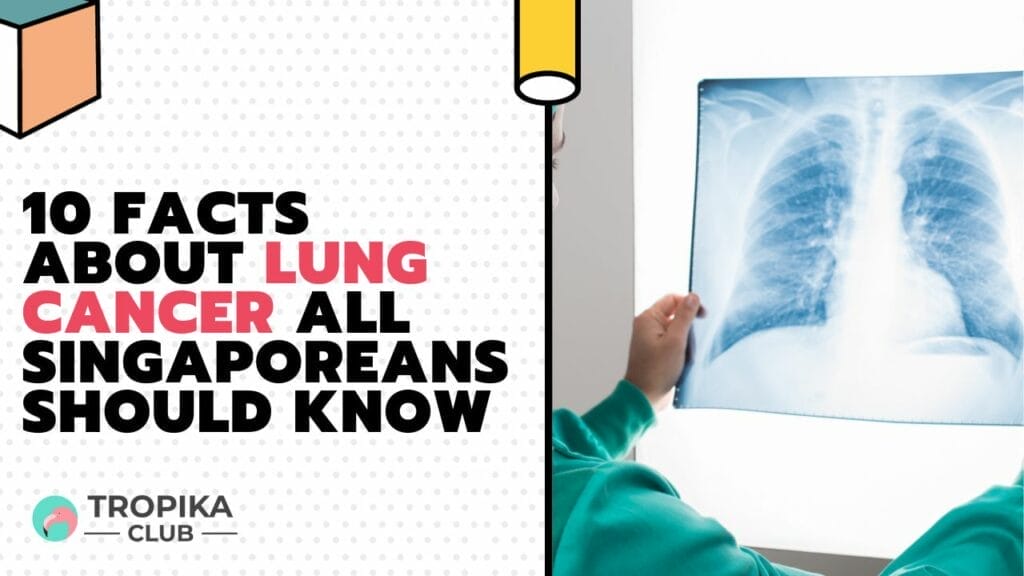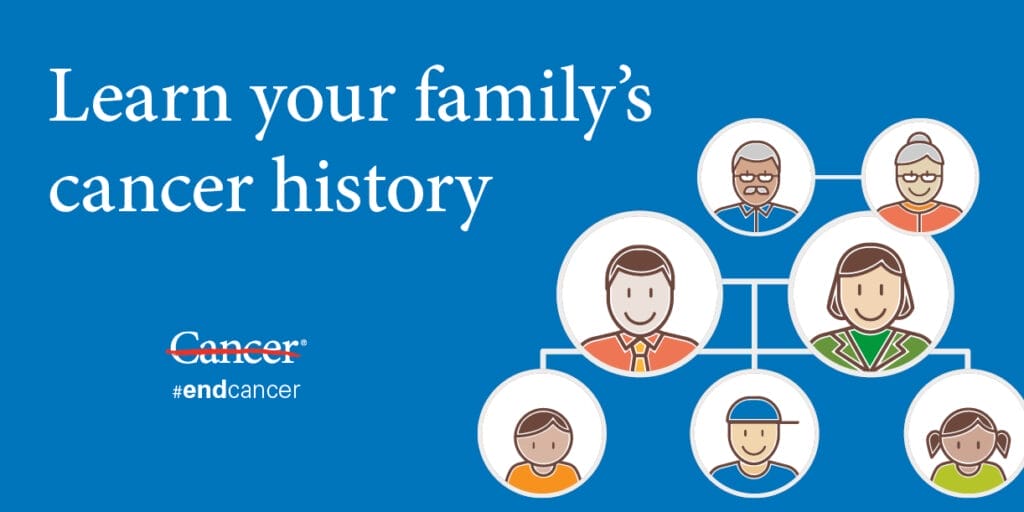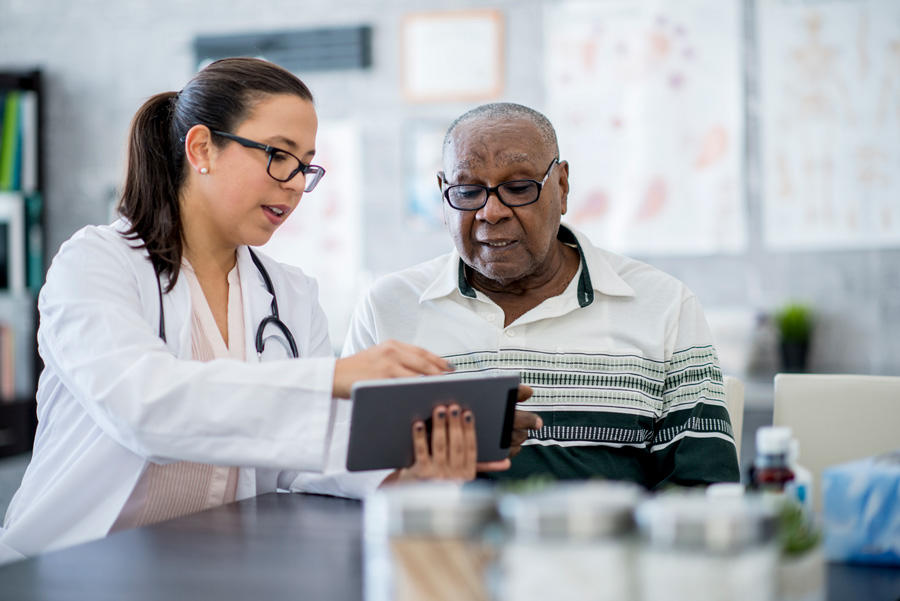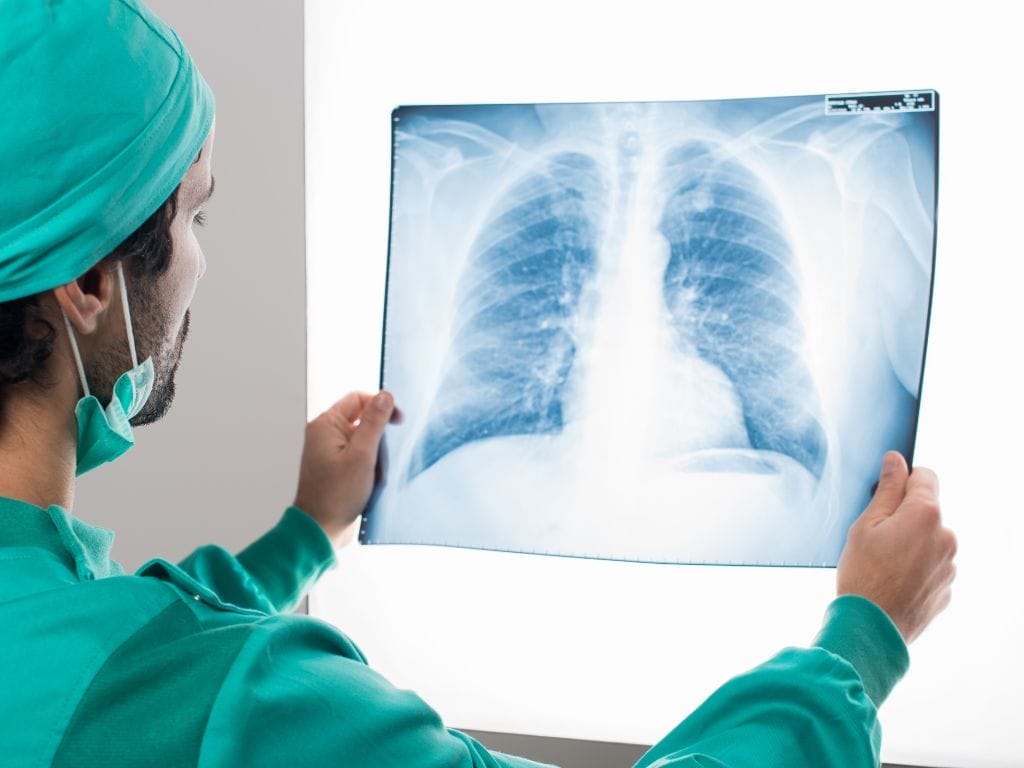10 Facts about Lung Cancer All Singaporeans Should Know
Introduction
Lung cancer is one of the most common and deadly types of cancer in Singapore. According to the Singapore Cancer Registry, lung cancer accounted for 15.2% of all cancer cases and 26.6% of all cancer deaths in 2019. Lung cancer can affect anyone, regardless of age, gender, or smoking status. However, there are some factors that can increase the risk of developing lung cancer, such as smoking, exposure to radon, asbestos, and other carcinogens, family history, and diet. Knowing the facts about lung cancer can help you understand the disease better and take steps to prevent it or detect it early. Here are 10 facts about lung cancer that all Singaporeans should know.

Table of contents
- Introduction
- No Time to Read? Here’s a Snappy Summary of This Article
- Fact 1: There are two main types of lung cancer
- Fact 2: Lung cancer may not cause any symptoms in the early stages
- Fact 3: Smoking is the leading cause of lung cancer
- Fact 4: Radon is the second leading cause of lung cancer
- Fact 5: Other environmental and occupational exposures can also cause lung cancer
- Fact 6: Lung cancer can run in families
- Fact 7: Survival rates are low, but they are improving
- Fact 8: Racial disparities exist in lung cancer
- Fact 9: New discoveries and innovations are improving lung cancer care
- Fact 10: Lung cancer awareness and advocacy are important for improving outcomes
- Conclusion
- Meanwhile, Check Out Tropika Club’s Ecosystem of Websites
No Time to Read? Here’s a Snappy Summary of This Article
- Silent Threat: Lung cancer often develops without symptoms, making early detection challenging and emphasizing the need for regular screenings.
- Smoking’s Grip: Over 80% of lung cancer cases are linked to smoking, highlighting the critical role of tobacco cessation in prevention.
- Non-Smoker’s Risk: Surprisingly, non-smokers can also get lung cancer; exposure to radon, secondhand smoke, and certain pollutants increases the risk.
- Gender Divide: While lung cancer affects both genders, women are experiencing a rise in diagnosis, emphasizing the importance of gender-aware prevention strategies.
- Younger Faces: Lung cancer isn’t exclusive to the elderly; a concerning increase in cases among younger adults emphasizes the urgency of awareness and prevention.
- Hopeful Advances: Recent breakthroughs in lung cancer research, including targeted therapies and immunotherapy, offer promising treatment options and improved survival rates.
:max_bytes(150000):strip_icc()/non-small-cell-lung-cancer-2249281_final-ea85b1b20eb748fb806d5ed11284dfd8.png)
Fact 1: There are two main types of lung cancer
Lung cancer is classified into two main types based on the appearance and behaviour of the cancer cells: small cell lung cancer (SCLC) and non-small cell lung cancer (NSCLC). SCLC is less common but more aggressive than NSCLC. It usually starts in the central part of the lungs and spreads quickly to other parts of the body. SCLC is strongly associated with smoking and accounts for about 15% of all lung cancers. NSCLC is more common and less aggressive than SCLC. It usually starts in the outer parts of the lungs and grows more slowly. NSCLC can be further divided into three subtypes: adenocarcinoma, squamous cell carcinoma, and large cell carcinoma. NSCLC accounts for about 85% of all lung cancers.
:max_bytes(150000):strip_icc()/early-signs-of-lung-cancer-5191947_final-dcb4d6aa973d4828b0e8bf92422b7327.jpg)
Fact 2: Lung cancer may not cause any symptoms in the early stages
Lung cancer often does not cause any noticeable symptoms until it has grown large enough to interfere with the normal function of the lungs or spread to other organs. Some of the common symptoms of lung cancer include: a persistent cough that does not go away or gets worse over time; coughing up blood or rust-coloured phlegm; chest pain that worsens with breathing, coughing, or laughing; shortness of breath or wheezing; hoarseness or voice changes; weight loss or loss of appetite; fatigue or weakness; recurrent infections such as pneumonia or bronchitis; bone pain or fractures; headache, dizziness, or seizures; swelling of the face, neck, or upper body; and jaundice (yellowing of the skin and eyes). If you have any of these symptoms, you should see your doctor as soon as possible for further evaluation.

Fact 3: Smoking is the leading cause of lung cancer
Smoking is by far the most important risk factor for lung cancer. According to the World Health Organization (WHO), tobacco use causes about 80% of all lung cancers worldwide. Smoking damages the cells that line the lungs and exposes them to more than 7,000 chemicals, many of which are carcinogenic (cancer-causing). The longer and more frequently you smoke, the higher your risk of developing lung cancer. Quitting smoking can significantly reduce your risk of lung cancer and improve your overall health. It is never too late to quit smoking, as your lungs can start to heal themselves as soon as you stop. If you need help quitting smoking, you can contact the Health Promotion Board’s Quitline at 1800-438-2000 or visit their website at Quit Smoking.

Fact 4: Radon is the second leading cause of lung cancer
Radon is a naturally occurring radioactive gas that can seep into buildings from the soil or rocks beneath them. Radon is colourless, odourless, and tasteless, so you may not be aware of its presence in your home or workplace. Radon can damage your lung cells and increase your risk of lung cancer, especially if you are a smoker. According to the WHO, radon causes about 15% of all lung cancers worldwide. The only way to know if you have radon in your home or workplace is to test for it using a radon detector kit. You can purchase a radon detector kit online or from some hardware stores. If you find high levels of radon in your home or workplace, you should take steps to reduce them by improving ventilation, sealing cracks and gaps in floors and walls, and using radon-resistant building materials.

Fact 5: Other environmental and occupational exposures can also cause lung cancer
Besides smoking and radon, there are other substances in the environment and workplace that can increase your risk of lung cancer. These include asbestos, arsenic, cadmium, chromium, nickel, silica, diesel exhaust, coal tar, soot, and some organic chemicals. Exposure to these substances can occur through inhalation, ingestion, or skin contact. If you work in industries such as mining, construction, manufacturing, or transportation, you may be exposed to these substances. You should follow the safety guidelines and regulations of your employer and wear protective equipment such as masks, gloves, and goggles when handling these substances. You should also avoid or limit your exposure to outdoor air pollution, which can contain harmful particles and gases from vehicles, factories, power plants, and fires.

Fact 6: Lung cancer can run in families
Genetics can also play a role in lung cancer risk. Some people may inherit a higher susceptibility to lung cancer from their parents or relatives. This means that they may develop lung cancer even if they do not smoke or have other risk factors. Researchers have identified some genes that are associated with increased lung cancer risk, such as EGFR, KRAS, ALK, ROS1, and MET. These genes are involved in the growth and division of cells and can mutate or change in lung cancer cells. Some of these gene mutations can be detected by molecular testing and can help guide the choice of targeted therapy for lung cancer treatment. If you have a family history of lung cancer, especially among your first-degree relatives (parents, siblings, or children), you may want to talk to your doctor about your risk and whether you need genetic testing or screening.
_
Read Also:
Recognising the Different Skin Cancers and How to Prevent Them
_
:max_bytes(150000):strip_icc()/what-is-stage-4-lung-cancer-life-expectancy-2249420-FINAL-14afe9f201f04c64943bfc0f52854d2d.jpg)
Fact 7: Survival rates are low, but they are improving
While the disease remains the leading cause of cancer deaths among both women and men, over the past five years, the survival rate has increased 21% to 25%. According to the 2022 State of Lung Cancer Report, only 26% of lung cancer cases are diagnosed at an early stage when the five-year survival rate is much higher (61%). Unfortunately, 44% of cases are not caught until a late stage when the survival rate is only 7%. Fortunately, the early diagnosis rate for lung cancer has increased by 17% over the past five years.

Fact 8: Racial disparities exist in lung cancer
People of color who are diagnosed with lung cancer face worse outcomes compared to white Americans because they are less likely to be diagnosed early, less likely to receive surgical treatment, and more likely to not receive any treatment. Sadly, systemic issues contribute to health disparities, including for those facing lung cancer.

Fact 9: New discoveries and innovations are improving lung cancer care
Lung cancer is a complex and challenging disease that requires constant research and innovation to find better ways to prevent, detect, treat, and cure it. Some of the exciting areas of research that are currently underway include: – Finding new biomarkers and tests that can help identify people who are at high risk of lung cancer and monitor how they respond to treatment – Enhancing lung cancer screening methods and criteria to make them more accurate and reduce the number of false positives – Uncovering new gene mutations and molecular targets that can be used to design more effective and specific drugs for lung cancer treatment – Creating new drugs and drug combinations that can target cancer cells more precisely and boost the immune system’s ability to fight them – Testing new techniques and devices for radiation therapy and radiofrequency ablation that can deliver more precise and powerful doses of energy to kill cancer cells – Exploring new surgical methods and tools that can enable less invasive and more precise removal of tumors – Developing new ways to prevent or manage the side effects of treatment such as pain, fatigue, nausea, infection, bleeding, and nerve damage – Comparing the outcomes and safety of different treatments or combinations of treatments in clinical trials Many of these research projects are funded by the National Cancer Institute (NCI), which is part of the US National Institutes of Health (NIH). The NCI also offers information and resources for patients who want to learn more about or join

Fact 10: Lung cancer awareness and advocacy are important for improving outcomes
Lung cancer is a serious public health issue that affects many people in Singapore and around the world. However, lung cancer often does not receive enough attention, funding, or support compared to other types of cancer. This can lead to low awareness, stigma, delayed diagnosis, limited access to treatment, and poor survival rates. Lung cancer awareness and advocacy are important for raising public awareness, reducing stigma, increasing funding, improving access to care, and supporting patients and caregivers. There are many ways that you can get involved in lung cancer awareness and advocacy, such as: – Learning more about lung cancer and sharing your knowledge with others – Participating in lung cancer screening if you are eligible and encouraging others to do the same – Quitting smoking if you are a smoker and helping others quit as well – Supporting or joining lung cancer organizations, campaigns, events, or fundraisers – Volunteering or donating to lung cancer research or services – Sharing your story or experience with lung cancer if you are a patient or caregiver – Advocating for better policies, programs, or resources for lung cancer prevention, diagnosis, treatment, or care By raising your voice and taking action for lung cancer awareness and advocacy, you can make a difference in the lives of many people who are affected by this disease.
Conclusion
Lung cancer is a major health problem that affects many Singaporeans and people around the world. It is important to be aware of the facts about lung cancer, such as its types, causes, symptoms, prevention, and treatment options. By knowing the facts, you can take steps to reduce your risk of lung cancer or detect it early, when it is more treatable and curable. You can also support lung cancer research and advocacy, which can help improve the outcomes and quality of life for lung cancer patients and their families. Lung cancer is not a death sentence, but a challenge that can be overcome with knowledge, action, and hope.

FAQ FOR 10 FACTS ABOUT LUNG CANCER ALL SINGAPOREANS SHOULD KNOW
Q: How can Singaporeans reduce their risk of lung cancer?
A: To lower risk, Singaporeans should quit smoking, avoid secondhand smoke, and ensure good indoor ventilation to minimize exposure to pollutants.
Q: Are there lung cancer screening options available in Singapore?
A: Yes, Singapore offers lung cancer screening programs using low-dose CT scans, especially for high-risk individuals, promoting early detection.
Q: What’s the prevalence of lung cancer among non-smokers in Singapore?
A: Non-smokers in Singapore can still develop lung cancer; factors like radon exposure and environmental pollutants contribute to increased risks.
Q: Are there support groups for lung cancer patients in Singapore?
A: Yes, Singapore has various support groups and organizations offering emotional support, information, and resources for individuals and families affected by lung cancer.
Q: Can you share insights on the latest lung cancer research in Singapore?
A: Recent lung cancer research in Singapore focuses on innovative treatments like targeted therapies and immunotherapy, showing promising outcomes for patients.
Q: Where can I find reliable information about lung cancer in Singapore?
A: Tropika Club Magazine provides valuable insights into lung cancer in Singapore. Additionally, consult reputable sources like the Health Promotion Board for accurate information.

Have an Article to Suggest?
Tropika Club is always looking for new and exciting content to feature in their magazine and they value the input of our readers. If you have any noteworthy content or articles that you believe would be a great addition to Tropika Club’s magazine, we are open to suggestions and encourage you to reach out to us via email at [email protected]. By doing so, Tropika Club values your expertise and knowledge in the matter and appreciates your willingness to help. We will review your recommendations and update our list accordingly
Meanwhile, Check Out Tropika Club’s Ecosystem of Websites
Tropika Club Magazine – Tropika Club Magazine is a Singapore-based publication that features articles on a wide range of topics with a focus on local businesses and content for the region. The magazine emphasizes supporting local businesses through its #SupportLocal initiative, which includes coverage of everything from neighborhood hawker stalls to aesthetic clinics in town. In addition to highlighting local businesses, Tropika Club Magazine also covers a variety of local content, including beauty, lifestyle, places, eats, and what’s on in Singapore and the Asia Pacific region.



